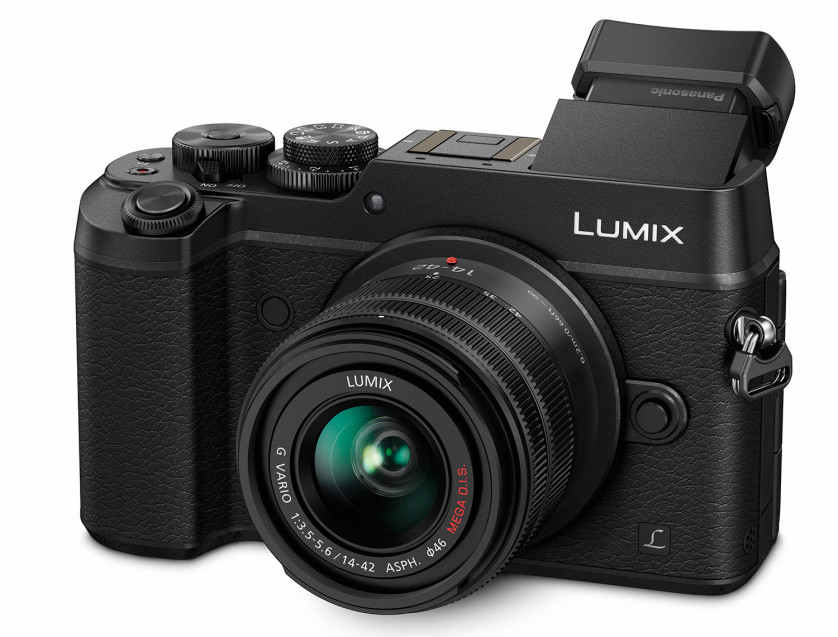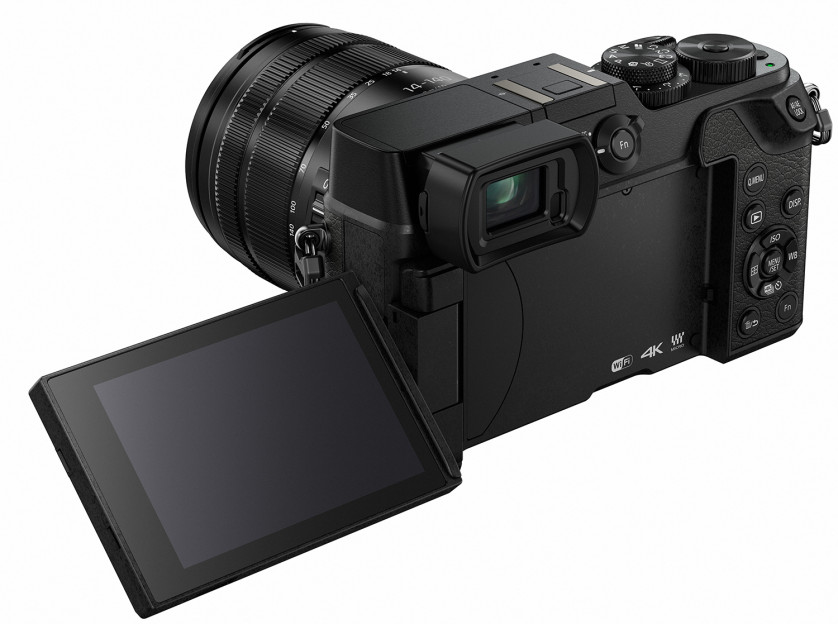New Panasonic LUMIX GX8 does 4k, uses dual (sensor + lens) stabilisation.
If you haven't been following mirrorless or 4/3rds models, there's much more innovation occurring there than the "look-we-added-a-slightly-better-feature!" DSLR market.
Many people say that mirrorless is the future. I'd say ...probably, but the cameras and lens systems are still evolving, and it'll take a while for them to entirely replace DSLRs, despite all the "end is nigh" kind of news we keep reading about.
Nikon and Canon are actually making this easier though, since they don't really seem to be coming out with any groundbreaking professional cameras. Their flagship DSLRs are fabulous beasts, but Sony's been consistently creating more innovative products than both of them combined. Without mirrors, either.
Panasonic has been producing some really good cameras in the 4/3rds and mirrorless segments, and their latest flagship, the LUMIX DMC-GX8, is a step in the right direction.
The Lumix GX-8 replaces the well-received GX-7, and the upgrades are noteworthy. They've crammed a few more megapixels into the camera: 20.3, up from 16.
Other upgrades include a slightly higher frames-per-second burst mode, an electronic shutter that can capture at speeds of up to 1/16,000th of a second, and a lower base ISO (100 vs 125 on the GX7). You can find a good comparison chart here if you want all the spec changes.
The biggest upgrades? 4k video, and dual stabilisation!
4K in itself is a big deal, but dual stabilisation is one of those things that makes you think, "I wonder why nobody else thought of that before."
Sensor-based stabilisation technology has been around since the Maxxum 7D. I used to use one, and it allowed a liberty of at least 2 stops in low light situations.
When I switched to Nikon, the only stabilisation available was, of course, VR, or vibration reduction. Again, that saves you about 2 stops.
Push comes to shove, it'll even do 3.
It remains to be seen how well dual-stabilisation will work, and the handicap here seems to be that you can't use 4K and dual stabilisation together.
One oddity I found is that of the swivelling viewfinder. I would imagine that this would be handy if you didn't have an articulated LCD, but since that's present, what purpose does it serve?
The Lumix GX8 can do 4k at 24 and 30 fps, which is ...impressive. Processors will continue to improve and offer more cycles per second, but 8 megapixels 30 times a second is quite a feat.
Other notable features:
- NFC (although I have yet to meet anybody who uses this)
- WiFi connectivity
- Time-lapse recording
The body-only price seems to be $1,200. A little steep, but worth the features, in my opinion. Dpreview has a good hands-on article here.



